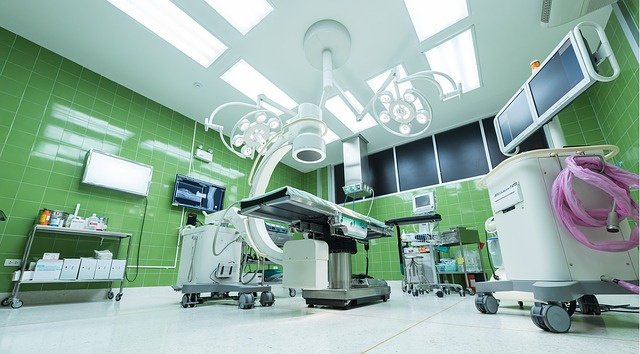How It Happens and How to Prevent It
No place is immune to pests, and that includes healthcare facilities. Bugs spread disease and contaminate surfaces, equipment and supplies. They carry bacteria that they distribute throughout a facility as they move from one area to another. The larger the facility, the more at risk that facility is for infestation. Here is your guide to pest infestations in health care facilities, and what you can do about them.
How Do Bugs Get Into Health Care Facilities?
Pests enter from the outside, just like people. Loading docks and shrubs planted close to buildings can give them easy access. Moisture-loving roaches, mosquitoes and flies can enter through openings around pipes. Food deliveries can contain pests along with food, and bedbugs can hitch a ride inside on visitors.
Which Pests Are Most Common in Health Care Facilities?
Bedbugs have become a problem in hospitals and nursing homes. They don’t spread bacteria, but their bites can cause generalized discomfort and secondary infections. They can be found in patients’ beds, waiting rooms and laundry areas.
Ants are notorious for spreading bacteria. Pharaoh ants in particular can carry 12 different types of bacteria including salmonella and streptococcus pyogenes. They’re attracted to intravenous units, open wounds and medical preparations. They tend to congregate in ICUs, laundry areas, autopsy rooms and kidney dialysis areas.
Roaches can carry 33 or more types of bacteria including scherichia coli and salmonella, more than seven pathogens and six varieties of parasitic worms. They make asthma and allergy symptoms worse. Roaches are attracted to areas where food is prepared or consumed. They also congregate in break rooms, laundry rooms, janitorial closets, kidney dialysis areas, autopsy rooms, ICUs, garbage disposal areas, loading docks and near drains and sinks.
Rodents can enter a building through openings as tiny as a dime. They chew on wood, cardboard, wallboard, plaster and electric wiring, and their droppings contaminate surfaces. They usually appear in food service areas, garbage disposal areas, loading docks and laundry rooms.
Flies can spread over 100 different types of bacteria through their saliva and droppings. They like trash and congregate in kitchens and garbage disposal areas, but they can be found throughout a health care facility including in ICUs, autopsy rooms, surgical suites, laundry rooms and loading docks.
How Can Health Care Facilities Prevent Pests?
Given the large infrastructure of most health care facilities, an integrated pest management program is the best way to prevent infestations. Here are some pest control tips offered by the National Pest Management Association:
- Store all food in sealed containers.
- Eliminate moisture in plumbing areas and seal holes around pipes.
- Keep trash in covered containers and remove it promptly.
- Inspect food deliveries before moving them into the kitchen.
- Keep kitchens and dining areas free of spills, food scraps and crumbs.
- Keep storage areas clean and dry.
- Plant shrubs and foliage at least three feet away from buildings.
- Keep doors and loading docks closed when not in use.
- Replace fluorescent light bulbs with sodium vapor lights that do not attract bugs.
To learn more about preventing pest infestations in health care facilities, visit Burn’s Pest Elimination or call us directly to implement a pest control plan in your Phoenix, Tucson or Las Vegas health care facility.
